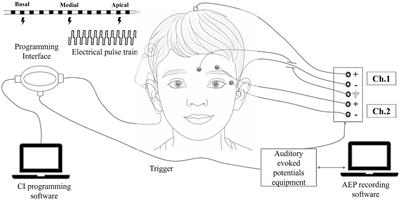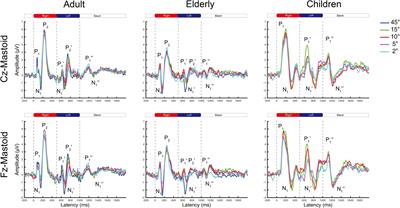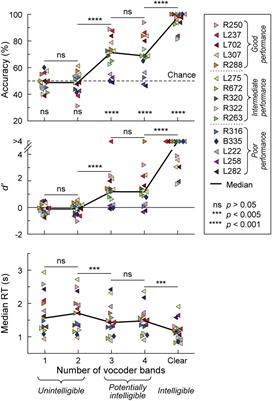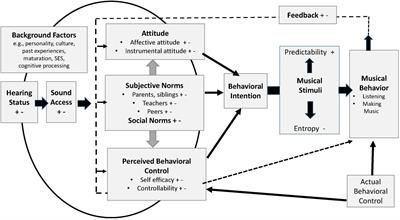ORIGINAL RESEARCH
Published on 13 Sep 2024
Electrically evoked late latency response using single electrode stimulation and its relation to speech perception among paediatric cochlear implant users
doi 10.3389/fnhum.2024.1441854
- 1,297 views
- 2 citations




